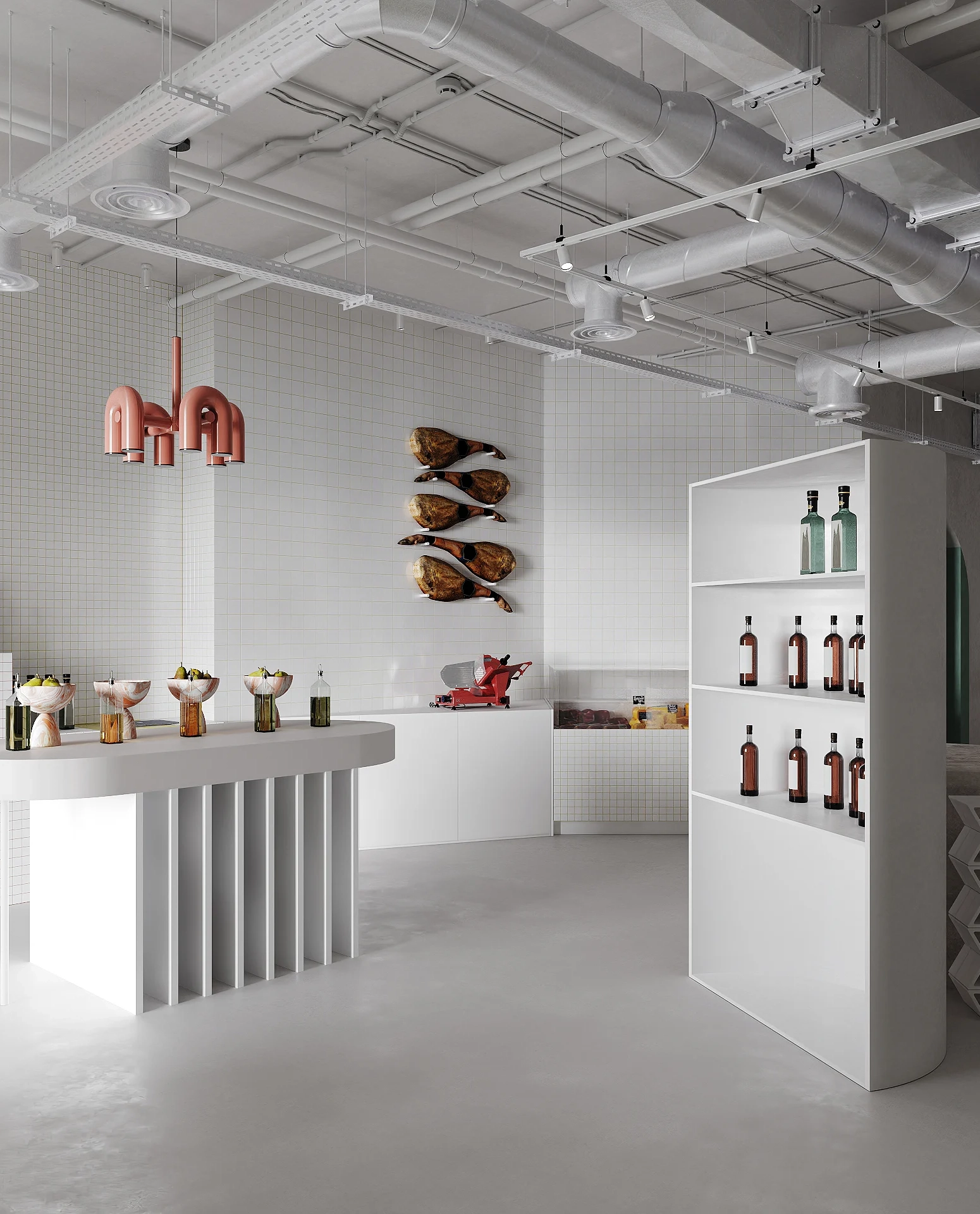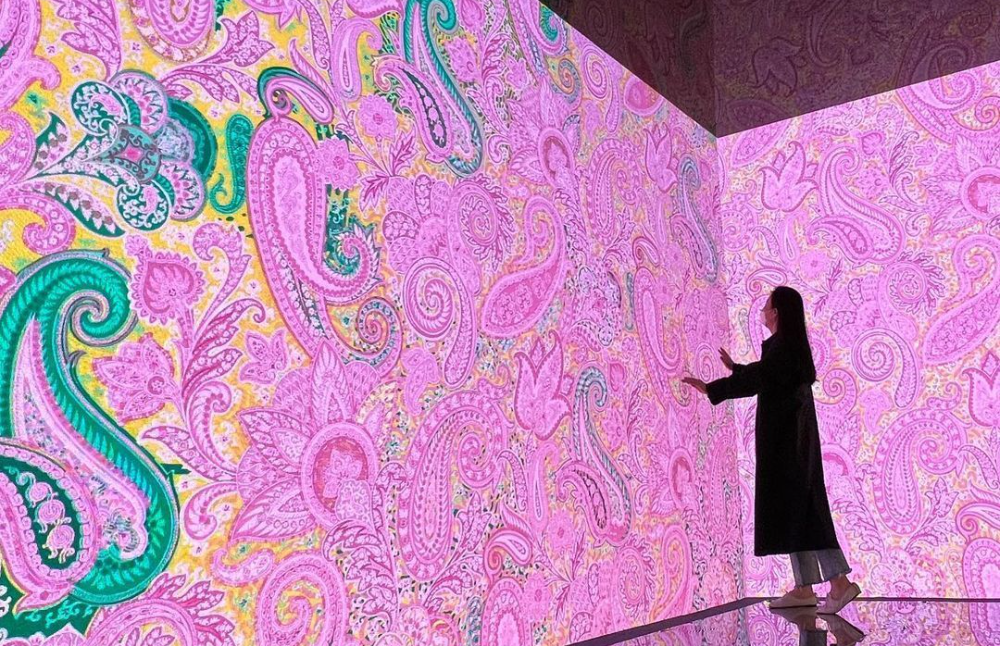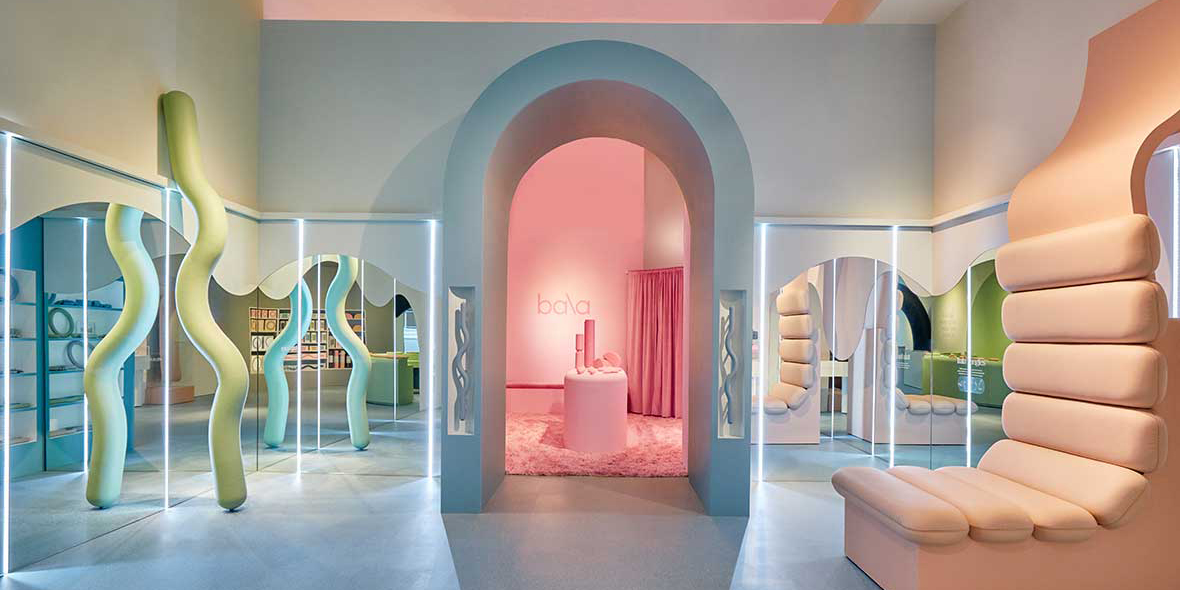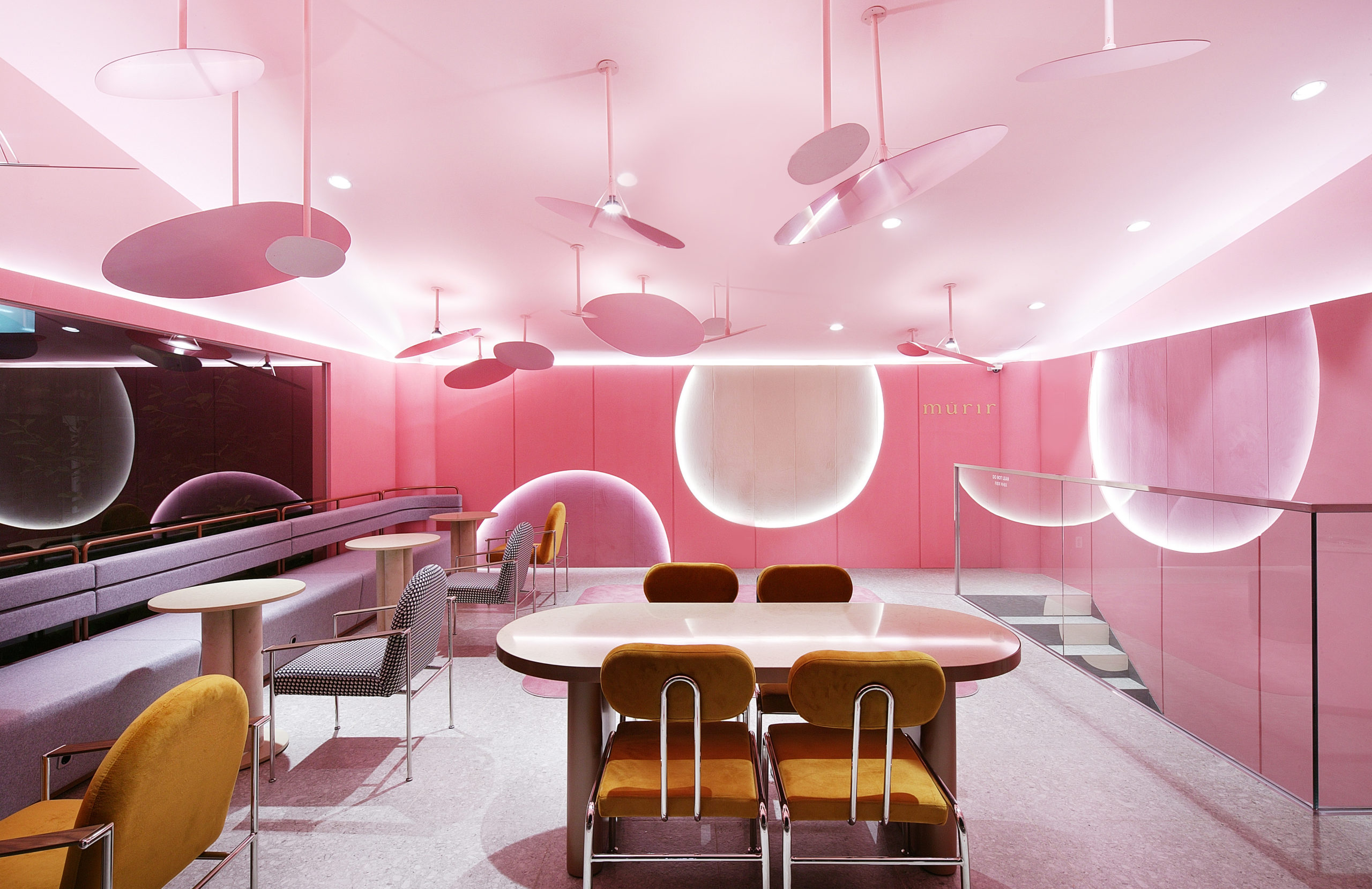The pandemic is forging new, hybrid shop models with more than one purpose: to offer attractive products and services which help create customer engagement and bring them back to the physical shop once the restrictions have been lifted. For example, in the cosmetics sector, it is the consumers who have become spokespeople for the brands through their homemade content, such as reviews and recommendations. Professionalism has reached the point where some are choosing to turn their stores into audio-visual platforms designed to broadcast the content made by their customers. Much more than just a place for shopping, shops are also a place to connect with brands and experience products through new communicative languages.

Shops’ role is being redefined by the impact that Covid-19 has had on them. In the U.S. alone, over 15,000 commercial spaces ran the risk of closure in 2020, far exceeding the previous record of 9,548 closures in 2019 (Source: Coresight Research).
Faced with this omnichannel backdrop, the shop is becoming point of (physical) contact which strengthens the sale of products through technological platforms. It is taking on the role of showroom, while the purchasing process is completed online using e-commerce, which means that we need to reconsider the purpose of brick-and-mortar stores. The big challenge now is not just generating e-commerce, but achieving a physical-online experience wherein both elements are connected and coherent. Showrooms must invigorate shoppers’ desire – not need – to be there, since customers are more frequently using online methods to complete their purchases.


Shops will continue be places for shopping, but they are gaining more importance as places for connecting with brands and their values. This way, they take on new purposes, as is the case with cosmetics stores, which are creating recording studios where they show off the collaboration of influencers in their sector. Aside from providing customer service, staff can use these spaces to influence potential customers through digital channels, reinventing the figure of the traditional salesperson as a brand ambassador. Shops as spaces for repair, refurbishment and providing services and prescriptions instead of places that solely focus on selling products will be commonplace models in this new omnichannel reality.
Photogenic interiors that are designed to provoke will help turn the customers themselves into the brand’s spokespeople.
The shop must become a transformable space which is able to change its function depending on the time of day. Light constructive solutions are the way towards versatility.
Shops are for much more than just displaying products – they must connect with the client through activities and shared passions. Stores transformed into catwalks, workspaces, hair salons or even recording studios are just a few of the options being developed by flagship stores all over the world.
When devising an interior design for a store, it is increasingly more vital to understand the business in order to come up with strategic solutions that construct a new transaction experience alongside clients.

